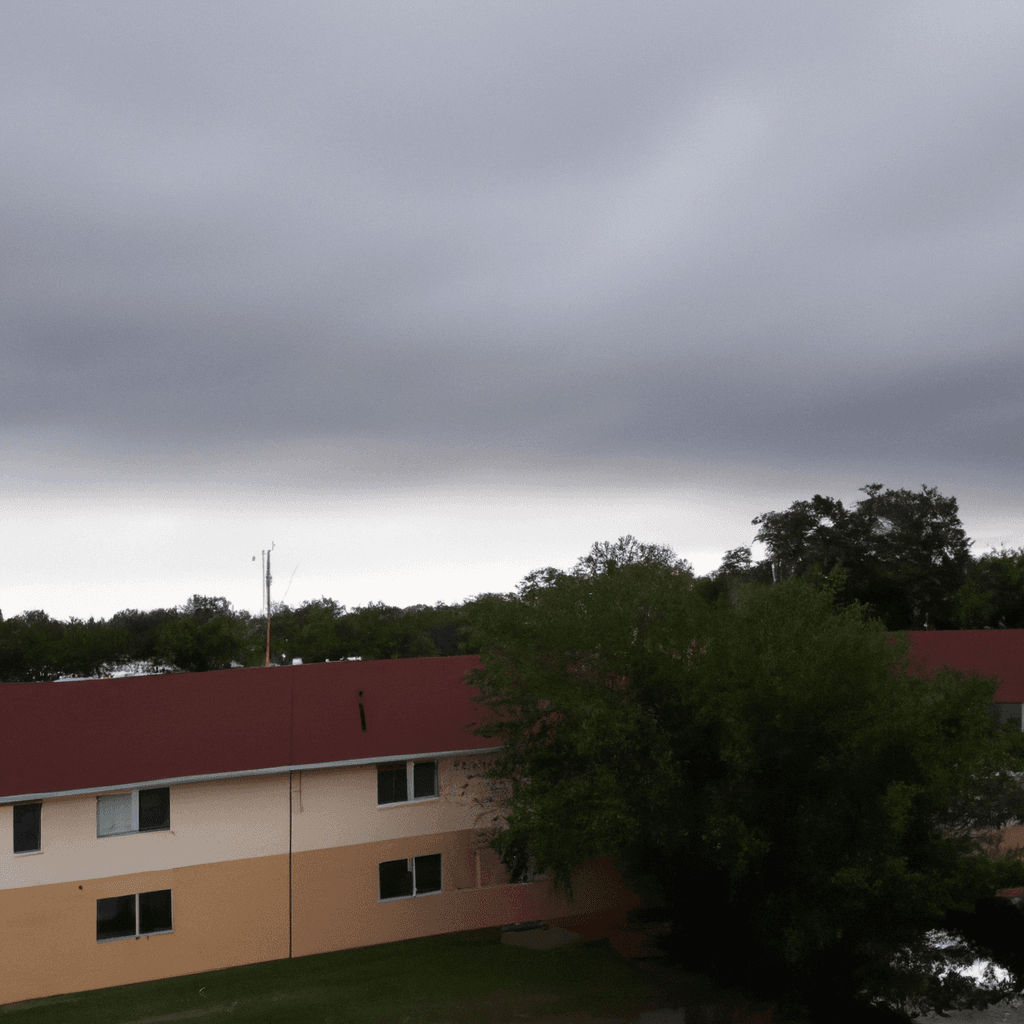Exploring the Unique Weather of New Orleans
Understanding the Climate and Its Impact on the Crescent City

Introduction
New Orleans is known for its vibrant culture, rich history, and delectable cuisine, but it’s also famous for its unique weather patterns. Understanding the climate of New Orleans is essential for anyone looking to visit or move to this lively city. This blog explores the various seasons, weather phenomena, and tips for enjoying this enchanting locale.
The Seasons of New Orleans
The weather in New Orleans is characterized by a humid subtropical climate which means hot summers, mild winters, and relatively high humidity year-round. Here’s a breakdown of what to expect during each season:
Spring (March to May)
Spring is arguably one of the best times to visit New Orleans. Temperatures range from the mid-60s to low 80s (degrees Fahrenheit), and the humidity is relatively low. The springtime also sees the famous Mardi Gras celebration and numerous outdoor festivals. However, be prepared for sudden rain showers, which can be frequent.
Summer (June to August)
Summer in New Orleans can be sweltering, with temperatures often exceeding 90°F (32°C). The humidity can make it feel significantly hotter, so if you’re visiting during this time, it’s crucial to stay hydrated and seek shade. Afternoon thunderstorms are also common in the summer months, providing brief yet intense rainfall.
Fall (September to November)
Fall brings relief from the summer heat, with temperatures gradually cooling down. Early fall can still be quite warm and is part of the hurricane season, so it’s essential to monitor weather updates. By late October, the weather is typically pleasant, making it an excellent time for outdoor festivities.
Winter (December to February)
Winters in New Orleans are mild in comparison to many other parts of the country, with daytime temperatures often ranging from the mid-50s to mid-60s (degrees Fahrenheit). While freezing temperatures are rare, the city does experience occasional cold snaps. Winter is an excellent time to explore the streets of the French Quarter without the sweltering heat.
Weather Phenomena
New Orleans weather can be influenced by various phenomena. Hurricanes are a serious concern during the late summer and early fall months, with the season running from June to November. While not every year sees a significant storm, it’s wise for residents and visitors to stay informed and prepared.
Additionally, the city’s geography, located near the Gulf of Mexico, leads to sudden weather changes. A sunny morning can quickly turn into a stormy afternoon, so a light raincoat or umbrella can come in handy.
Tips for Enjoying New Orleans Weather
- Dress Appropriately: Lightweight and breathable clothing is essential for summer. Layering is a good strategy in the spring and fall when temperatures can fluctuate.
- Stay Hydrated: Drink plenty of water, especially during the hot months, to stay refreshed and energized.
- Be Weather-Wise: Keep an eye on the local weather forecast and remain vigilant during hurricane season.
- Embrace the Rain: Sudden showers can be refreshing, so don’t let a little rain dampen your spirit!
Conclusion
New Orleans’s weather adds to the city’s charm and character. By understanding the climate and being prepared for its variations, you can fully enjoy the music, food, and culture that this vibrant city has to offer. So pack your bags, grab an umbrella, and get ready to explore the wonders of New Orleans, rain or shine!